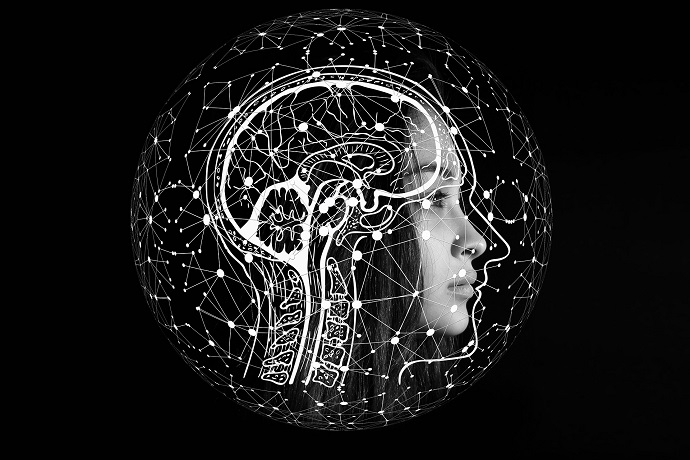Whether we’d like to admit it or not, everyone has an implicit bias. While we strive to remove bias from our personalities, the simple truth is that having an unconscious bias is a part of being human.
However, even though these biases are a part of human nature, it’s not something that has to dictate your decisions. Rather, people are obligated to do their best to prevent their own unconscious bias from hurting others.
But what exactly is it, and how can we overcome unconscious bias at work and in our daily lives?
What Is Unconscious Bias?
People face two types of bias every day — conscious and unconscious.
Conscious or explicit bias is when a person is aware of their feelings and attitudes and displays behaviours with intent. Oftentimes, conscious bias is manifested through verbal or physical harassment and even intentional exclusion.
Unconscious bias or implicit bias, on the other hand, is often defined as prejudice either in favour or against another thing, person or group. Essentially, implicit bias occurs outside of a person’s awareness.
There are arguments that state that unconscious bias is actually the more dangerous of the two types. This is because this type of bias seeps into a person’s behaviour without them even realizing it.
It can affect a person’s decision-making and how they interact with others in the workplace and throughout their daily lives.
Recognizing Unconscious Bias
Recognizing unconscious bias is one crucial part of addressing the problem and the first step to achieving diversity and inclusion in the workplace.
The workplace is an interesting area to observe unconscious bias. It’s a place where unconscious bias can have both positive and negative outcomes. For example, someone in a position of power whose race and ethnicity bias may be excluded from team activities and even promotions. To learn more about diversity and inclusion in the workplace, you can click here to read more.
Race and ethnicity bias is only one of the few implicit bias types. The others include:
- Race and ethnicity bias
- Gender bias
- Age bias
- Ability bias
- Affinity bias
- Name bias
- Weight bias
- Beauty bias
As you can see, unconscious bias is prevalent in society. Oftentimes, bias comes from each individual’s prevailing culture, governance, and personal background.
The first step to overcoming implicit bias is to be aware of any that you may have. The second step after identifying your personal bias is to be more proactive and take steps to be more inclusive.
Because of how deep unconscious bias is ingrained in people and society, it’s a never-ending cycle of constantly being aware and taking proactive steps.
However, taking these steps can come with several benefits. These include increased group innovations at work, increased productivity, enhanced relationships, greater inclusion and an appreciation for diversity.
Overcoming Unconscious Bias
At the end of the day, avoiding unconscious bias boils down to constant awareness and conscious decision-making. The best way to minimize negative unconscious bias is to practice empathy and constant exposure to a diverse group of people and those different from yourself.
Did you find this article useful? Check out some of our other recent posts for more tips!
Discover more from Tanveer Naseer
Subscribe to get the latest posts sent to your email.

